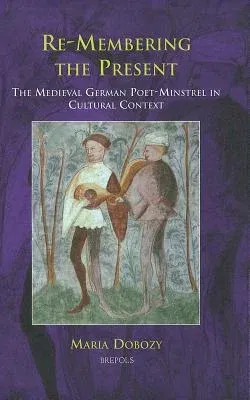This book examines the social and cultural conditions that governed
performance art in the German Middle Ages from 1170 to 1400.
Poet-performers are central to understanding both literature and
performance art because these entertainers, more than any other group,
influenced the creation, dissemination, and interpretation of the
medieval poetic oeuvre. Performance theory is used as a framework
throughout. Since no social history of poet-performers exists in
English, part I presents a social history that re-examines what is known
about social status, cultural image and employment. Part II investigates
the affective nature of performance and focuses on
poet-composer-performers. This study argues that the techniques and
principles of performance (body movement, gesture, voice modulation,
instrumentation) and the goals of creating a memorable, even
electrifying experience for audiences determine the performer's
lifestyle and also the thematic and rhetorical strategies of their
compositions. The itinerant poet-performer presented himself as a moral
judge and critic of epoch-making political events. His performances
transform time, place and people and thus become a socializing process
that can change people's attitudes. Poet-minstrels were capable of
re-membering the listeners' memories of the past during the intense
present of the performance. Readings of several texts are offered,
including romances, the political songs of well-known poet-performers
(i.e. Walther von der Vogelweide) and the gnomic poets (Spruchdichter)
whose songs have been neglected until now. The songs are quite intricate
and multivalent as they masterfully display an aesthetic totally
integrated with their performative context.

